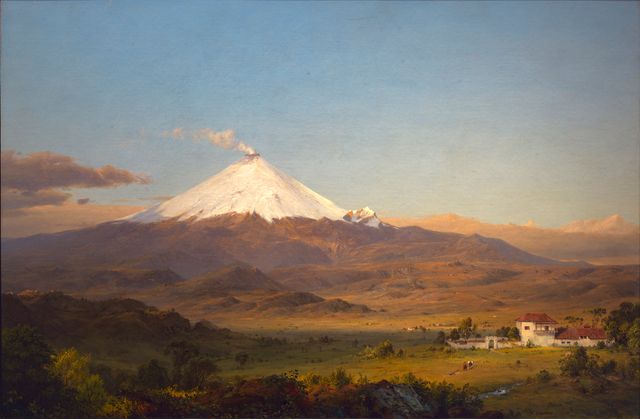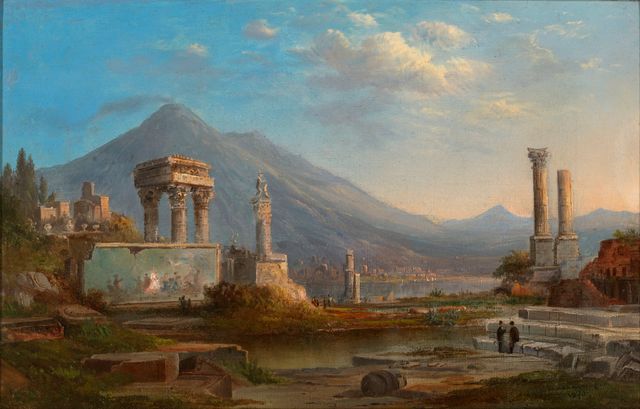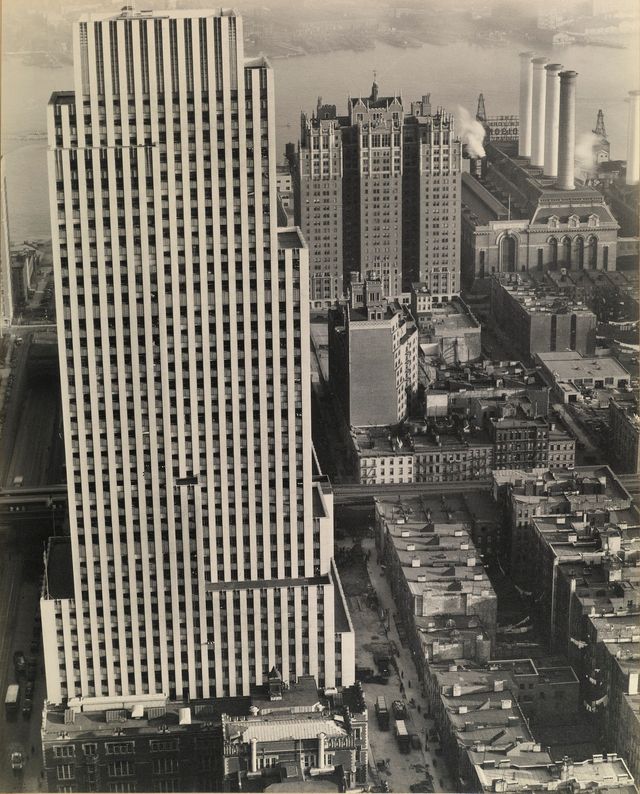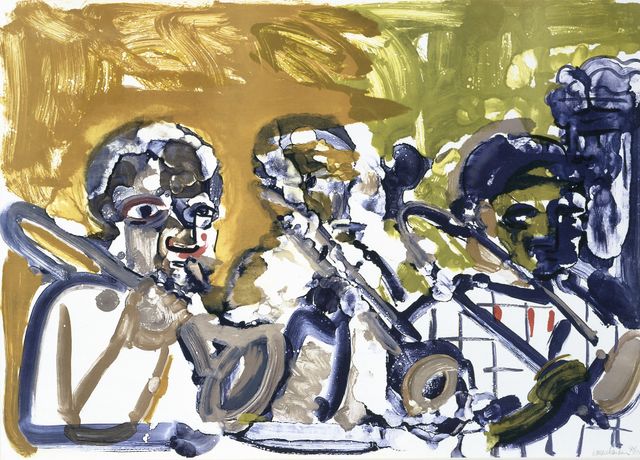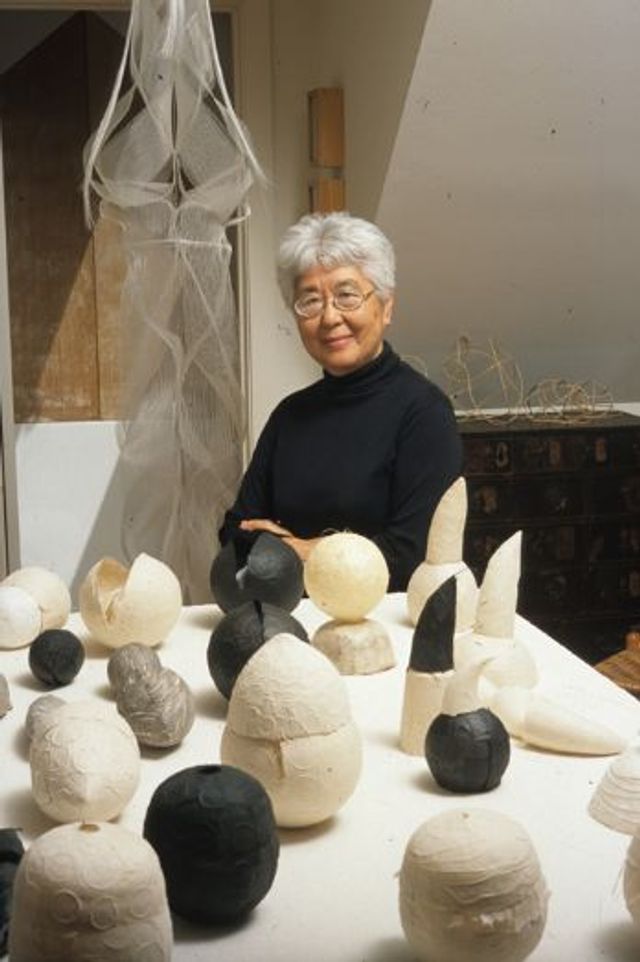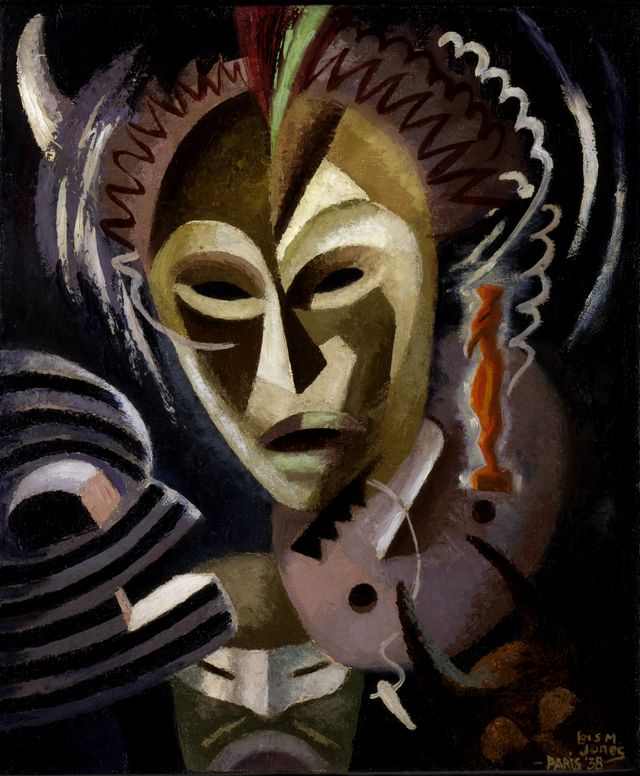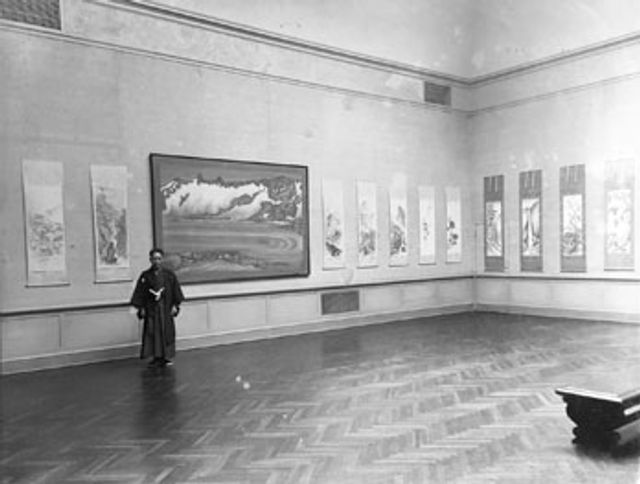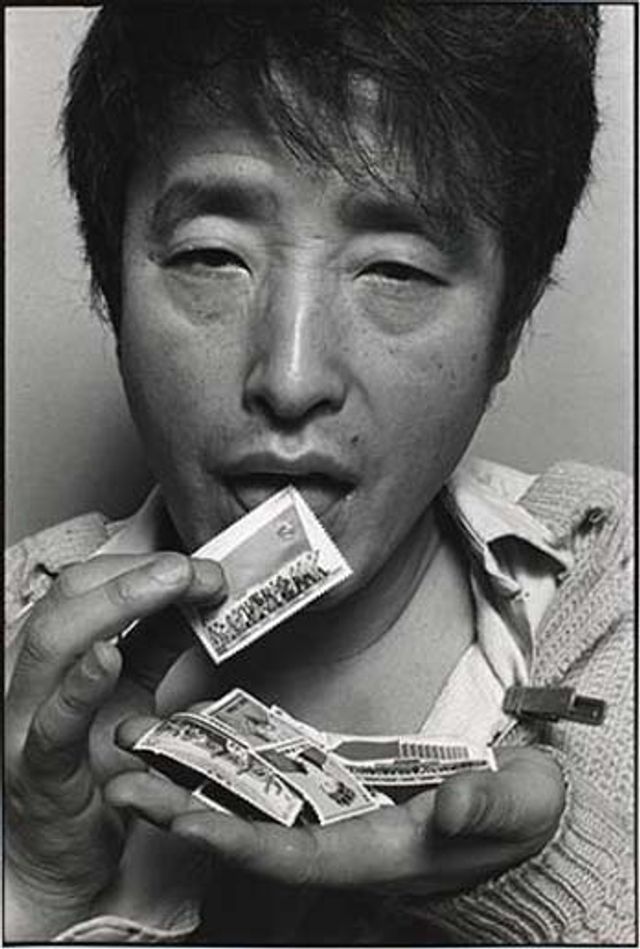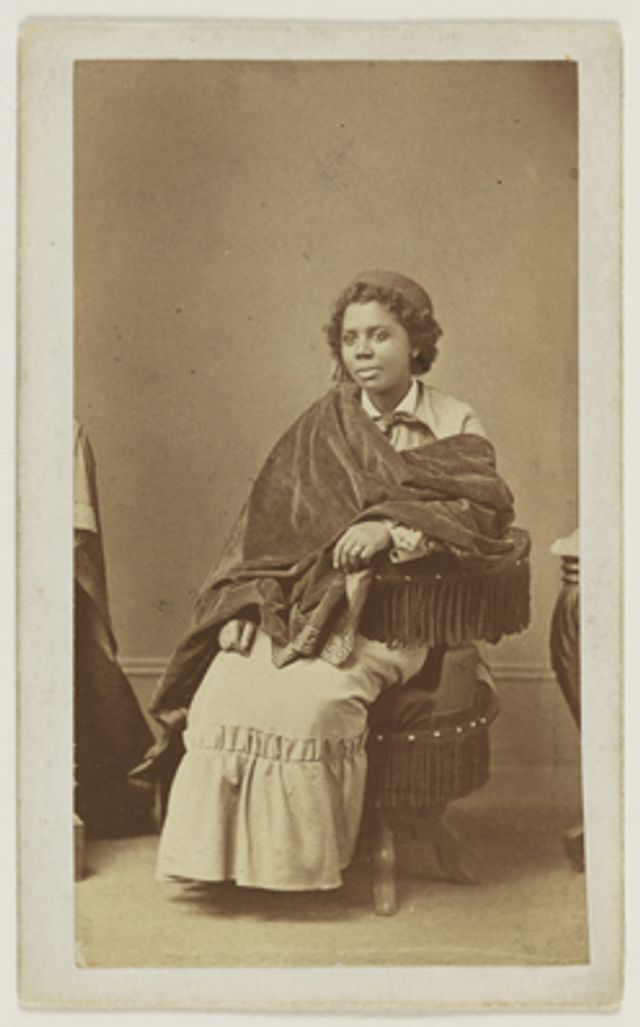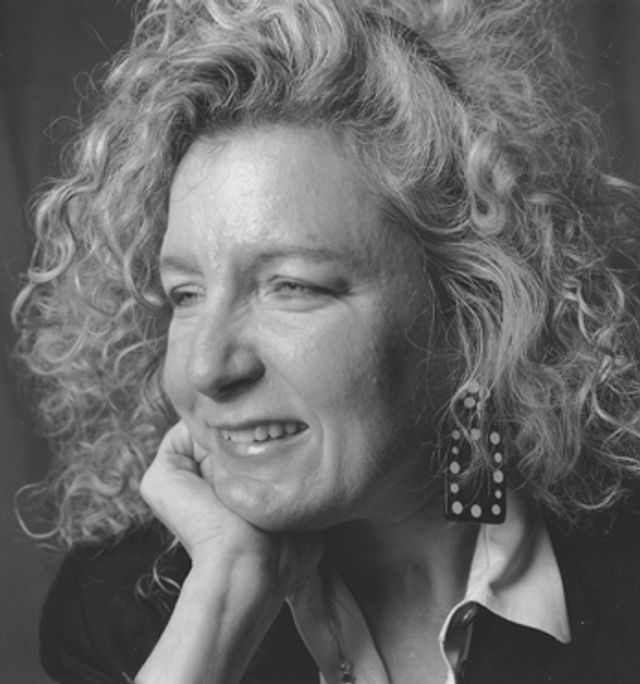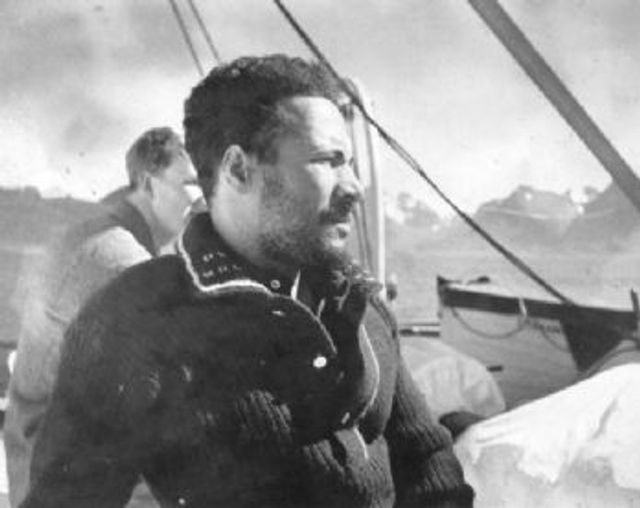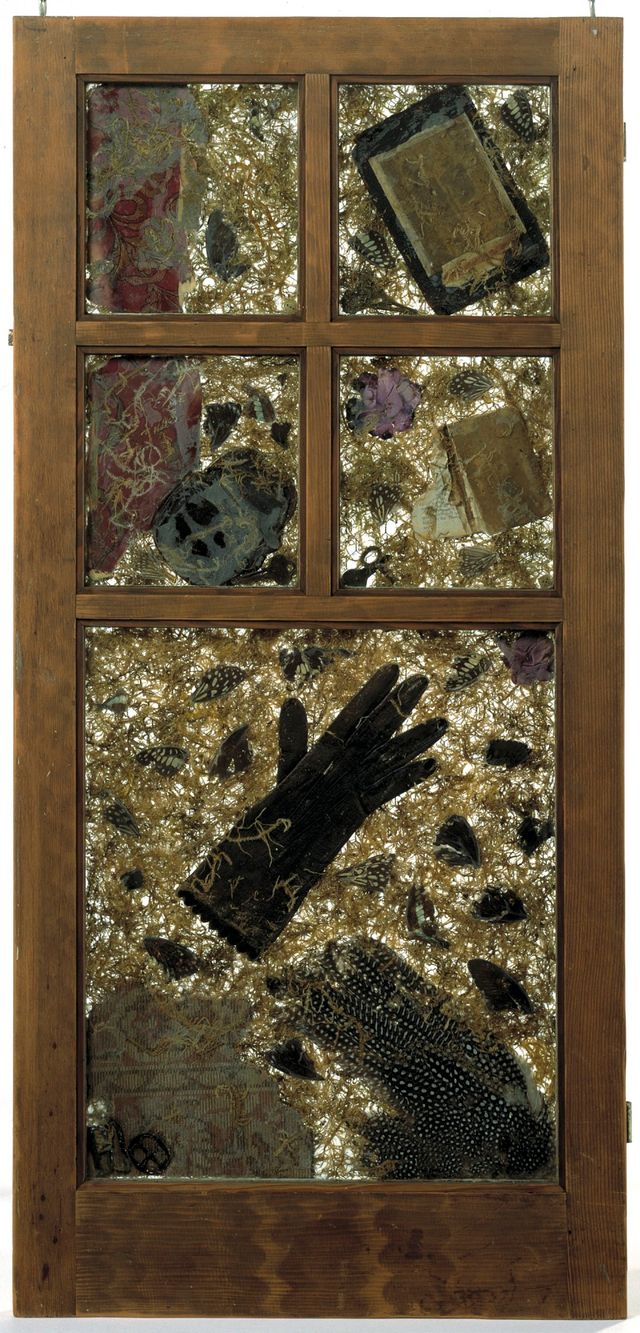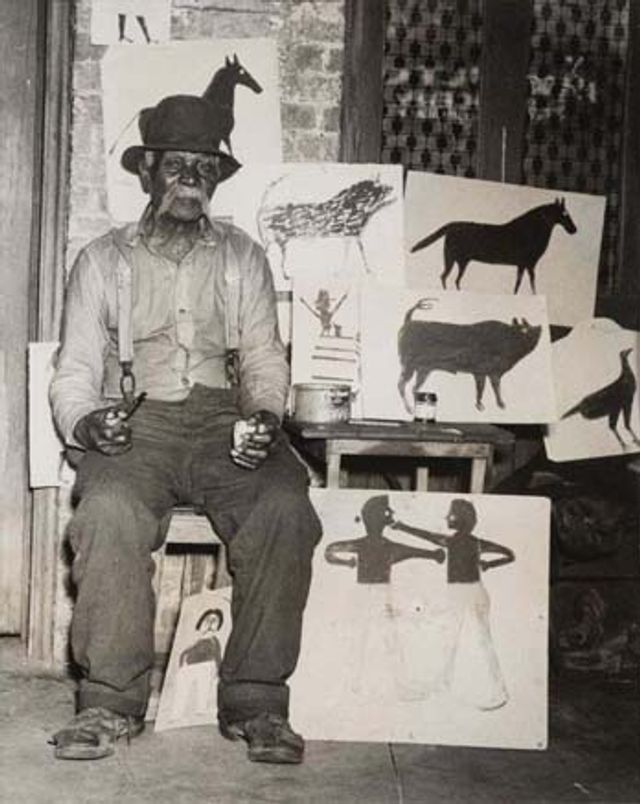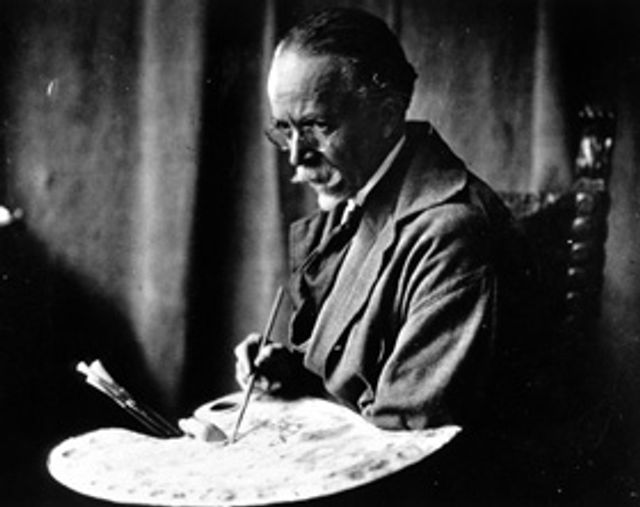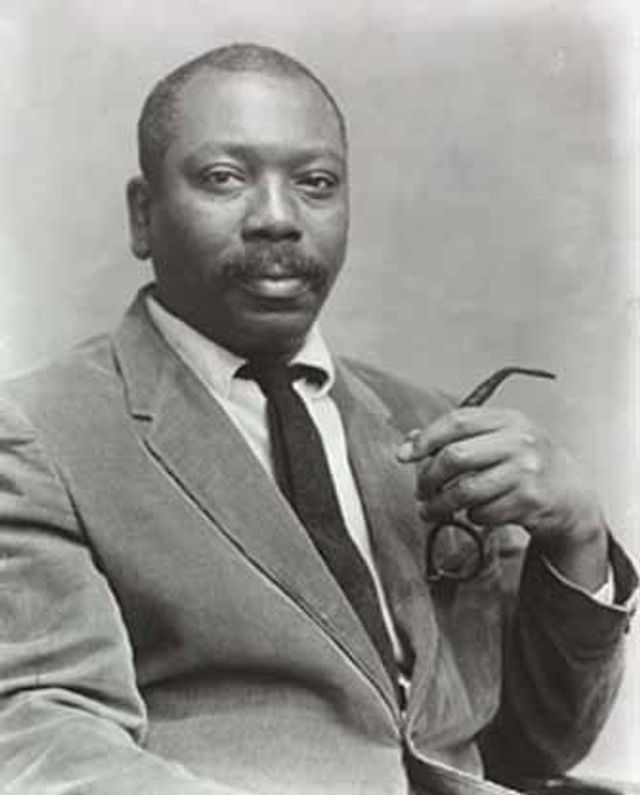Search artists
Find artists from our collection.
Church and Thomas Cole, the two most esteemed painters of the Hudson River school, were associated from 1844 to 1846 as pupil and master.
"Paris was where the 20th century was." Should the remark so often quoted and attributed to Gertrude Stein prove apocryphal, it would make no difference.
Born in North Carolina; studied in the U.S. and in Paris; lived mostly in New York City.
Born in San Francisco, Kay Sekimachi studied at the California College of Arts and Crafts in Oakland from 1946 to 1949.
Now in her eighth decade as an artist, Lois Mailou Jones has treated an extraordinary range of subjects—from French, Haitian, and New England landscapes to the sources and issues of African-American culture.
Chiura Obata (1885-1975) was one of the most significant Japanese American artists working on the West Coast in the last century.
Nam June Paik (1932–2006), internationally recognized as the "Father of Video Art," created a large body of work including video sculptures, installations, performances, videotapes and television productions.
Seattle-based artist Ginny Ruffner trained at the University of Georgia, graduating with honors and an MFA in drawing and painting.
By almost any standard, William H. Johnson (1901–1970) can be considered a major American artist. He produced hundreds of works in a virtuosic, eclectic career that spanned several decades as well as several continents.
Bill Traylor was born around April 1, 1853, on the Alabama plantation of John Getson Traylor in Dallas County, near the towns of Pleasant Hill and Benton. Traylor and his siblings were born enslaved, as their parents had been.
Working in France after 1891, Henry Ossawa Tanner achieved an international reputation largely through his religious paintings.
Painter. A social realist, Lawrence documented the African American experience in several series devoted to Toussaint L'Ouverture, Frederick Douglass, Harriet Tubman, life in Harlem, and the civil rights movement of the 1960s.














